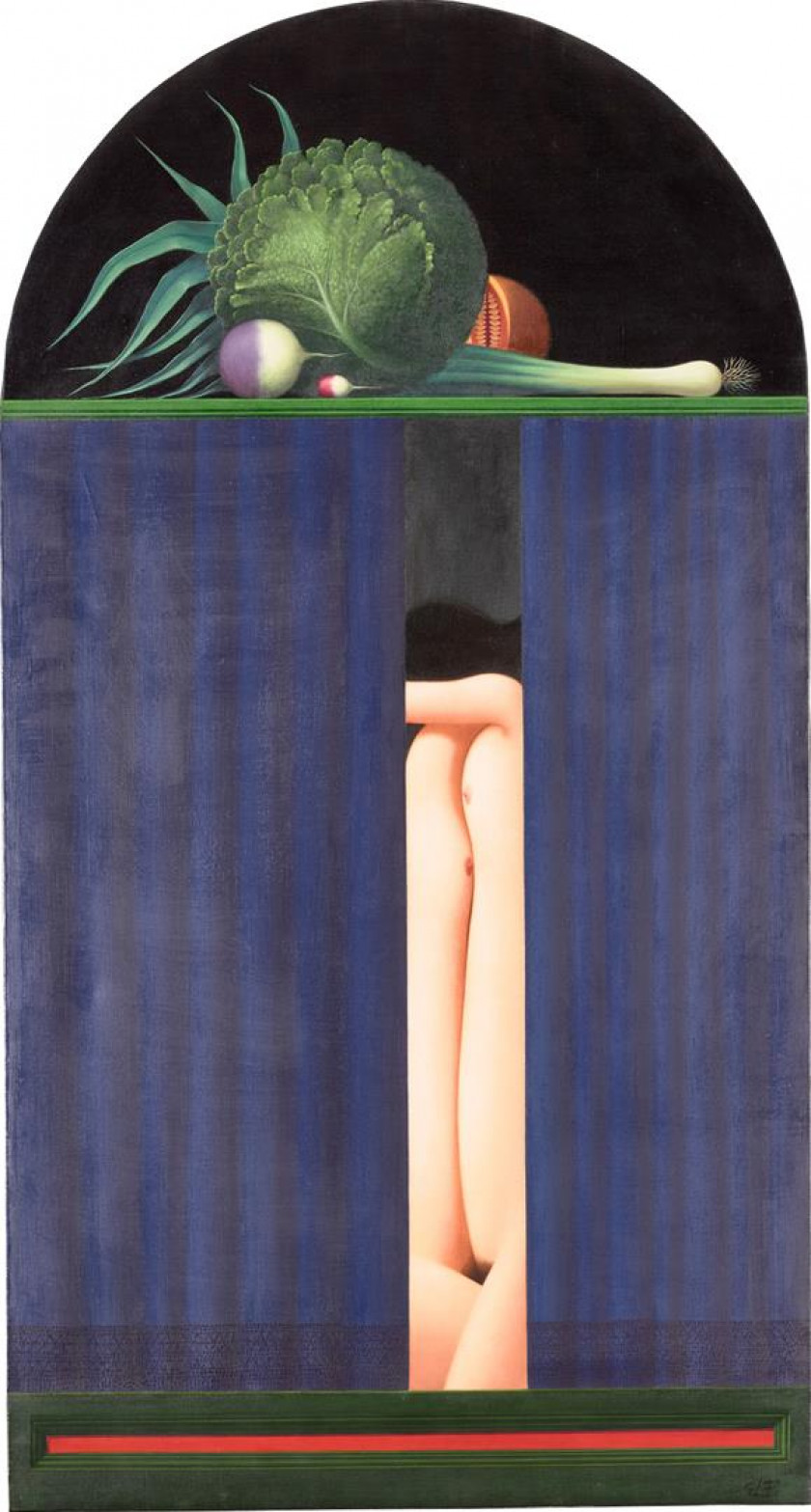Les femmes invisibles [The invisible women]
painting
![Les femmes invisibles [As mulheres invisíveis]](https://cms.macam.pt/storage/uploads/thumbs/inarte-work-3933_w840.jpg)
![Les femmes invisibles [As mulheres invisíveis]](https://cms.macam.pt/storage/uploads/thumbs/inarte-work-3933_w840.jpg)
1972
Oil on canvas
195,5 x 114,3 cm
With a degree in painting from the Fine Arts School of Porto, Eduardo Luiz (1932-1988) experimented with music, dance and scenography at the beginning of his career. However, he soon made his name in painting, winning the Young Painter Award at the Galeria de Março in 1958. That same year, with a scholarship from the Calouste Gulbenkian Foundation, he left for Paris where he took up residence.
If at the beginning of his career he experimented with abstraction, it is in a new figuration that he found his specific language, articulating different influences. Perhaps influenced by the importance of linguistics in the philosophical reflection of those times, his painting refers back to Baroque references (by the play between reality and illusion, by the use of tromp l'oeil); to Mannerist (by the hedonistic distortion of forms); to Flemish painting (by the preciousness and virtuosity of detail); to some Surrealists (such as Magritte); and sometimes to modern masters, whose work his painting comments on (such as Ingres or Manet).
In this 1972 oil, we observe the motif of the woman spread in space, which had begun to appear in works going back at least to 1967 (such as La Machine à detecter la femme invisible) and which also appears in the series of his paintings simulating slates. The black, which simulates the depth of space (and about which Eduardo Luiz would say it is about the "absence of denotation"), receives a grey square that in turn houses a blue circle. This circle, like a kaleidoscopic lens, opens onto an abstract geometric space where a game of mirrors demultiplies the female figure into infinity. The figure of the woman is always symbolic, parcelled out, unidentifiable: an image of an idea of the feminine rather than of any specific woman. Below this central circle, on the lower black band, three smaller circles. In the upper black strip, contrasting with these registers of representation, a hanging radish, breaking into a semantic universe to which it is unrelated.
Luísa Cardoso

![Pot au Feu [Panela ao fogo]](https://cms.macam.pt/storage/uploads/thumbs/inarte-work-2896_w840.jpg)